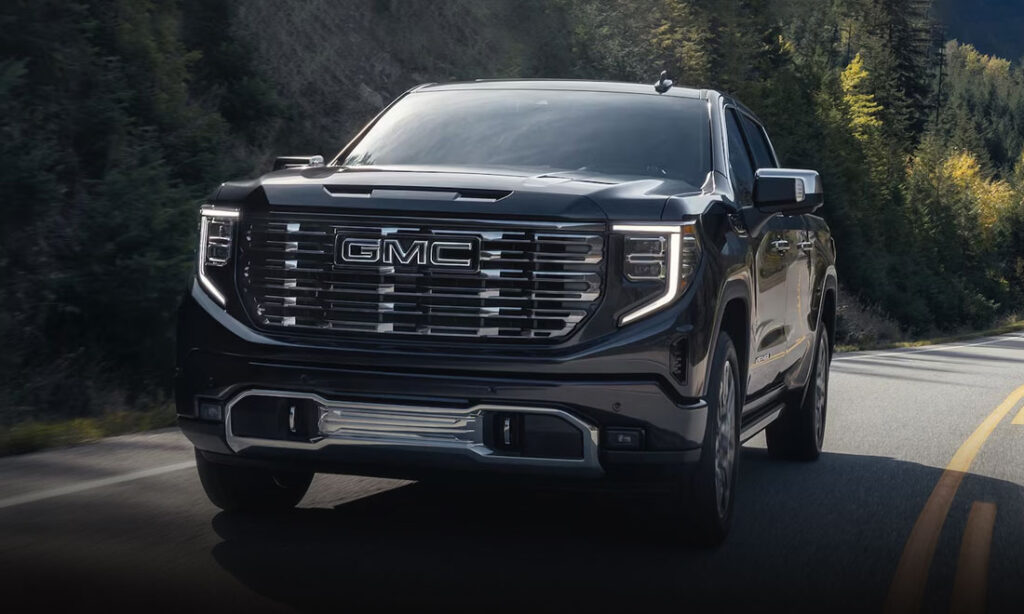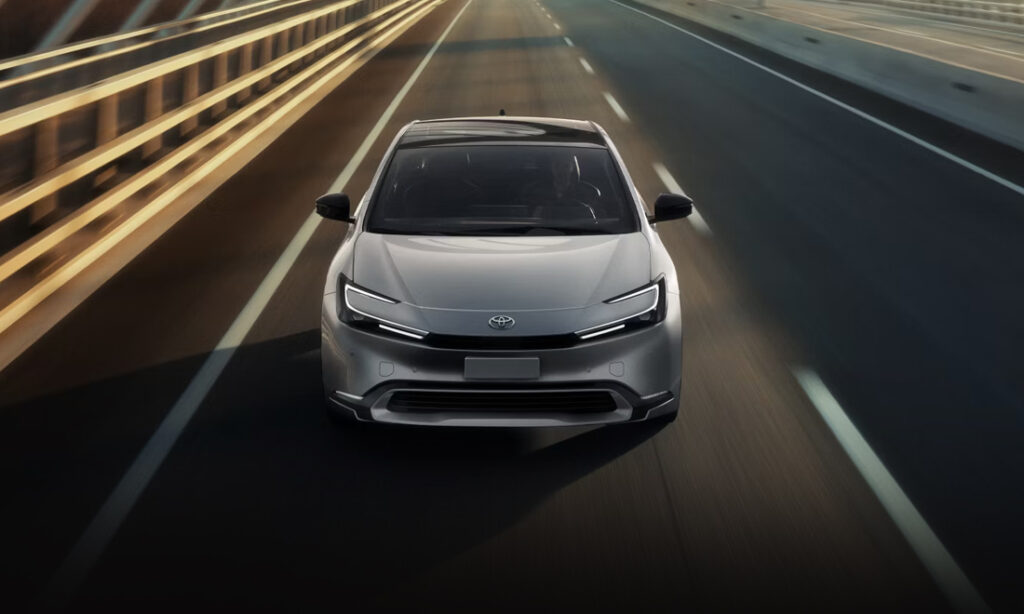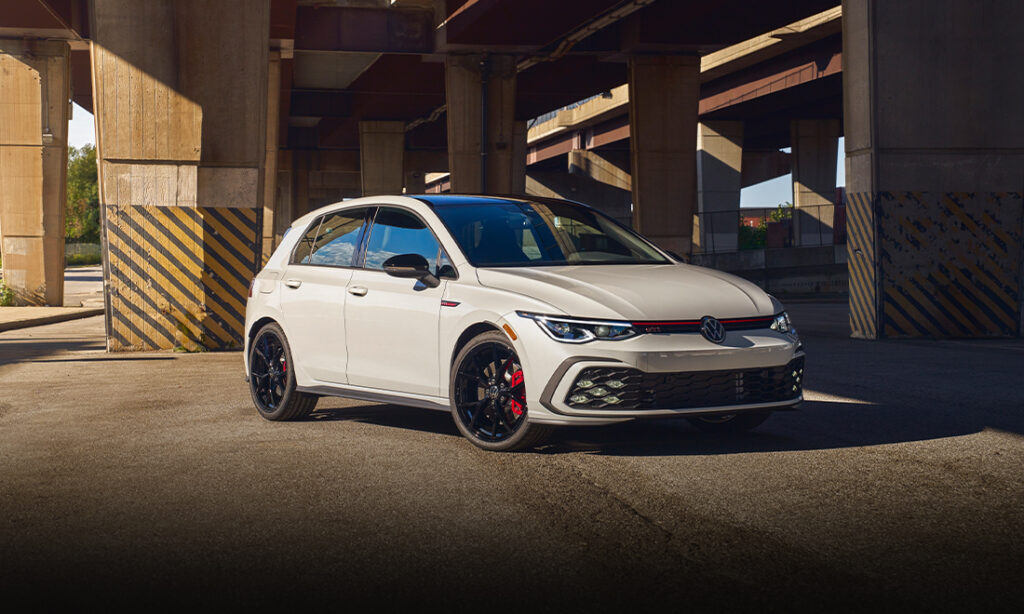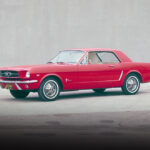The Singular Elegance of the Continental Mark II
The Continental Mk II represented the height of luxury in the middle 1950s. But it was so expensive to build, it only lasted two years.
Don’t Call it a Lincoln

The Continental Mark II, unlike other Continentals before and after, does not carry the Lincoln name. For a brief time in the middle 1950s, Continental was its own independent mark tasked with producing the best Ford Motor Company could make, something on par with the heights of European luxury like Rolls-Royce and Bentley. The resulting Continental Mk II was just that, the zenith of American luxury, uniquely elegant in style and loaded with all the latest modern convenience features.
Though popular among the rich and famous, the largely hand-built Continental Mk II was so expensive to build Ford was losing more than $1,000 per unit and the car was canceled after a short two-year run. Today, the Continental Mk II is one of the rarest and most unique of classic Fords products, offering a glimpse into the height of mid-century luxury.
Background and Development

The Lincoln Continental had seen a brief rebirth following WWII with a new H-body chassis and a new design, including an ornate chrome grille, by Raymond Loewy. But 1948 would be the last year for the Continental before Lincoln-Mercury shifted away from the car.
And yet, that unceremonious end for the first-generation Continental was not final. As early as 1952, a new Special Products Division within Ford, headed by then 28-year-old William Clay Ford, began preliminary work on a new halo car for Ford Motor Company, a new Continental. In 1955, the Continental Division was thus formed for the Continental Mk II’s development.
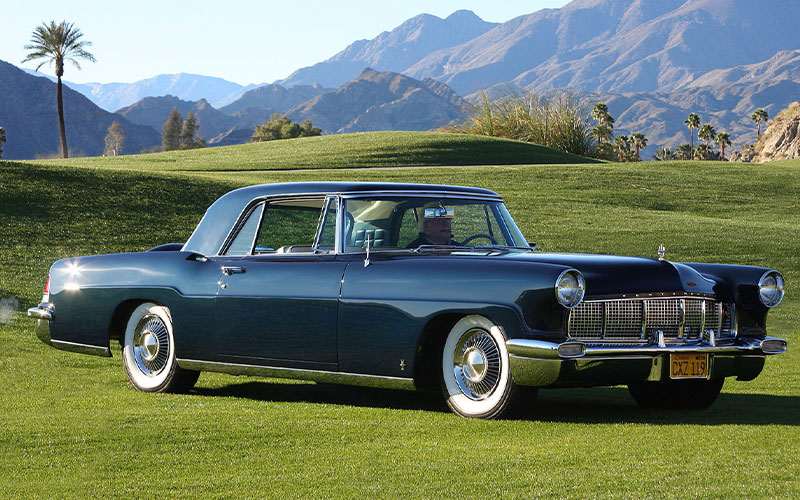
The new Continental’s initial designs were not what Ford president Henry Ford II had hoped for (reportedly incurring an expletive laced tirade). A company wide design competition was launched with the winning design penned by Bill Schmidt. His design was a major departure from the gaudy, overwrought styling typical of the mid-to-late 1950s. Instead, the Continental Mk II’s look centered on simplicity featuring long continuous lines, subtle flourishes like a wraparound windshield, and a modest amount of chrome concentrated to the bumper, grille, and rocker panels. The car’s signature “continental tire” trunk hump had been part of an earlier, rejected design, but the feature was so well liked that it was added back into to the final design.
Continental Mk II Specs
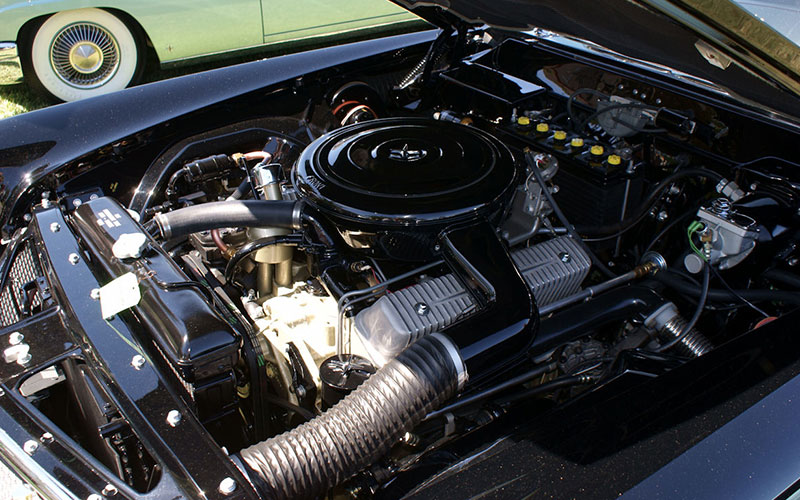
The Continental Mk II was truly a ground-up design, with its own unique chassis. Initial plans hoped for multiple body styles, including a convertible, but only the coupe first offered was ever produced. A smooth-running V12, like those in pre-war Continentals and Rolls-Royces, was also considered, but reengineering one from scratch proved too costly and so the OHV Y-block V8 from Lincoln was chosen instead. This 368 cu.-in. V8 made 285 horsepower and 402 lb.-ft. of torque for the 1956 model year and bumped up to 300 horsepower and 415 lb.-ft. for 1957. Power was sent to the rear wheels via a Borg-Warner “Turbo-Drive” three-speed automatic transmission. The Continental Mk II was one of the heaviest cars on sale at the time, tipping the scales at roughly 5,100 lbs.
The Height of Luxury
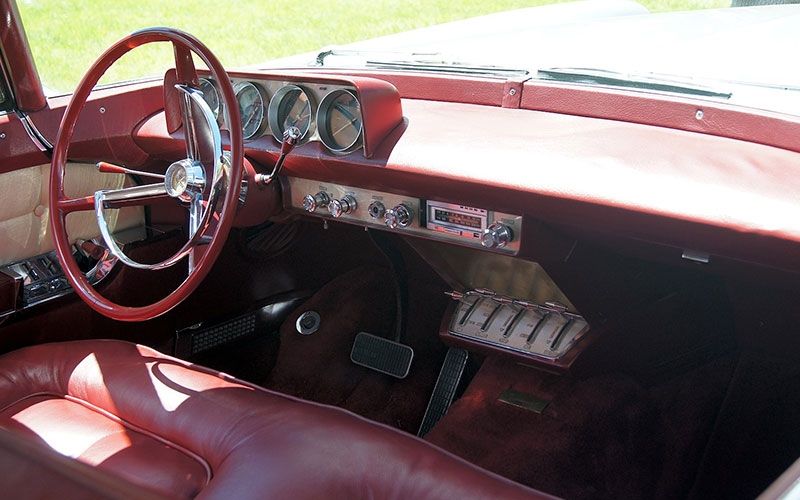
The Continental Mk II was envisioned to be the last word in American luxury, and it was prices as such at $10,000, or about $110,000 today. The cars were largely hand built and quality control, from suppliers to showroom, was intensive. The Y-block V8 procured from Lincoln were received and disassembled and reassembled at Continental’s factory prior to installation. While the Continental Mk II offered a laundry list of amenities and state-of-the-art luxury features, the only factory option was air conditioning at the cost of $595 dollars.
With or without air conditioning, the Continental Mk II came well equipped. These features included power brakes and power steering, power windows (including the triangular vent windows) and power seats. Though chrome was kept to a minimum on the exterior, Continental saw fit to include it on the door jambs. Another bonus, a full instrument panel that included a tachometer. The upholstery was done in imported Scottish leather. The door cards had two separate ash trays, one for the front passengers and one for the rear passengers.
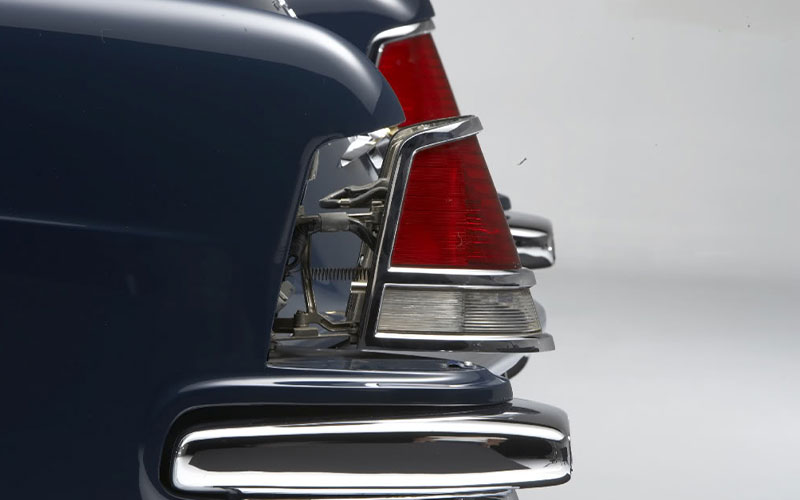
As understated as the Continental was, it was not without its unique quirks. Take the fuel door for instance, hidden behind the driver’s side taillight, or the dual exhaust pipes integrated into the rear bumper. Those early 1956 cars equipped with AC had ducts on the rear quarter panels serving as air intakes. Even the car’s hub caps were ornate. These featured forty-four individual fins, each with its own nut, washer, and clip.
Continental Mk II: Too Much of a Good Thing
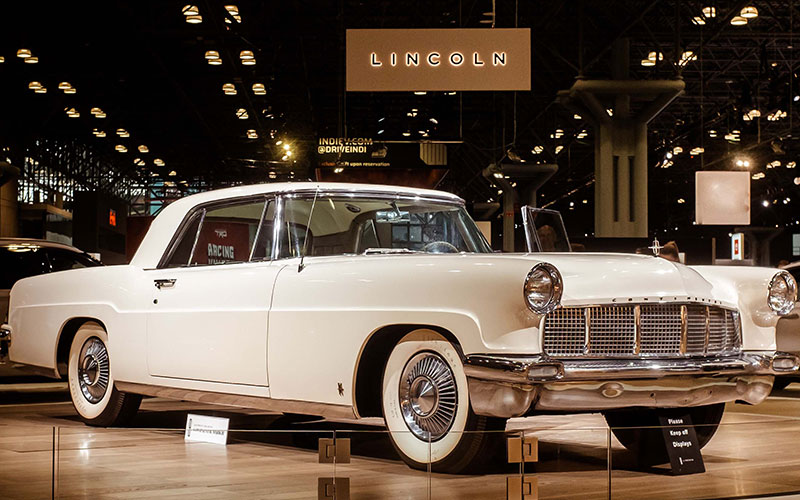
The Continental Mk II high-end luxury and impeccable quality attracted notable buyers like Pres. Eisenhower, Barry Goldwater, Walt Disney, Elizabeth Taylor, Elvis Presley, and Frank Sinatra. Despite the high-profile cachet of the car, Ford could not manage to turn it profitable. Cost overruns meant the Continental was losing more than $1,000 per unit and there was little prospect of righting the ship. By mid-1956 the Special Products/Continental Division was already officially replaced by the new Edsel Division.
In total some 3,000 Continental Mk IIs were built for the 1956 and 1957 model years. With the dissolution of the Continental Division, the Continental name was returned to Lincoln for a new car debuting in 1958. Where the Continental Mk II had been understated and expensive, the new ’58 Lincoln Continental went in the opposite direction with radical styling and a much lower asking price.
Today, the rarity and novelty of the Continental Mk II makes it a prized collector’s car with those in sterling condition running well into six-figures.


